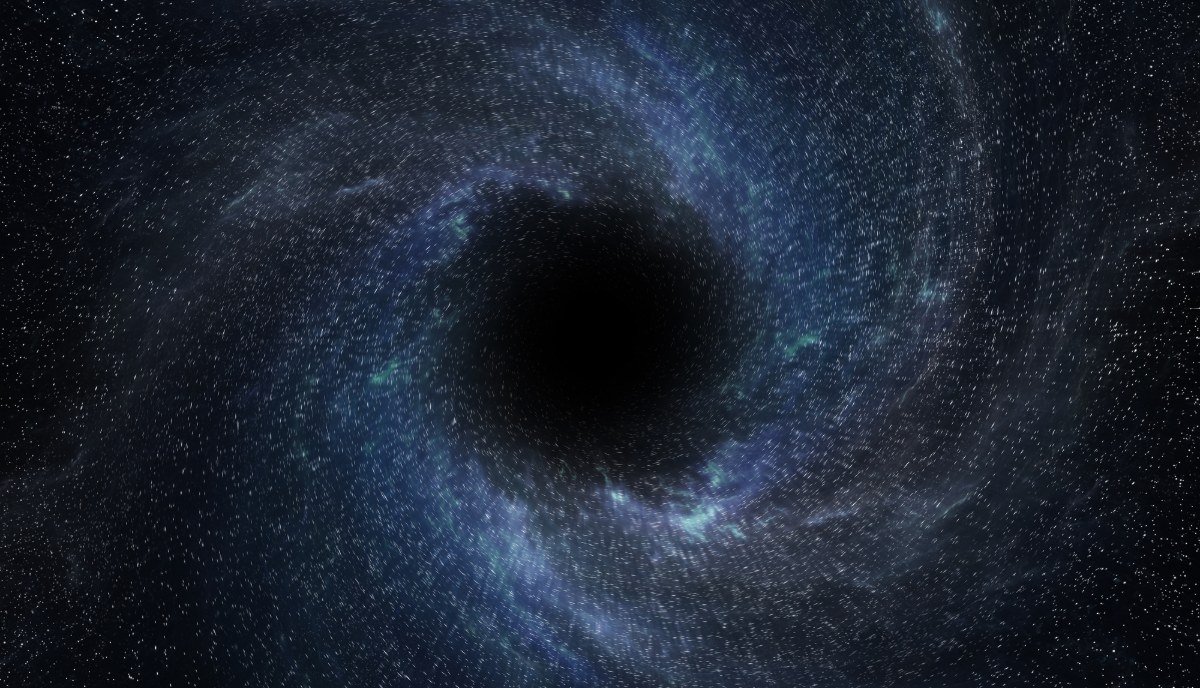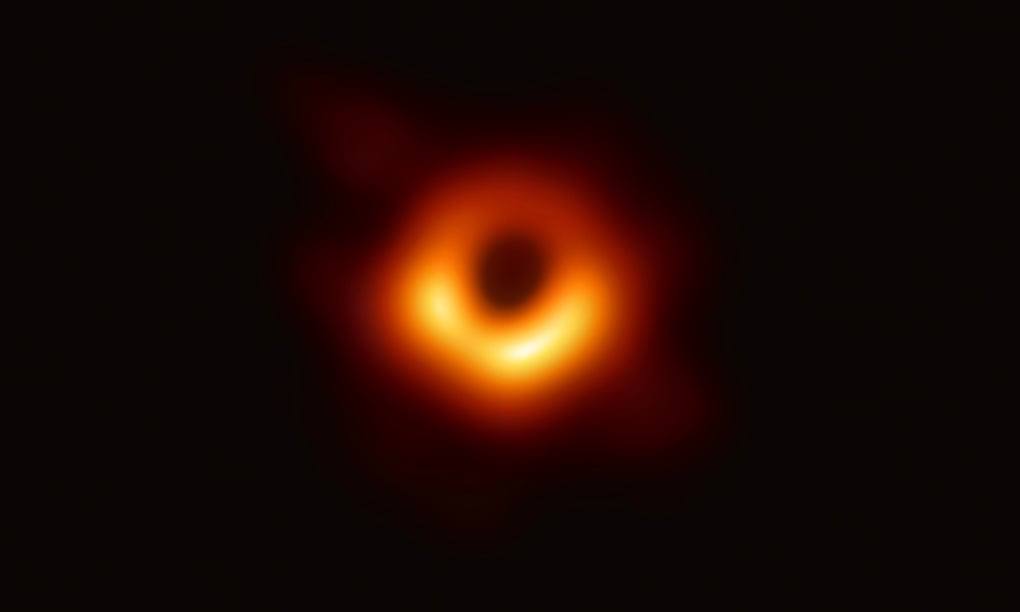Humans are mostly the size of dust when compared to the size of stars, solar systems, galaxies, etc. If that didn’t induce a feeling of existential dread at this very moment, then this will surely do the trick.
Astronomers have recorded a massive black hole that is roughly two-thirds of the mass of all the stars in the Milky Way. The black hole is forty billion times the sun’s mass. In other words, it can pack up to 40 billion suns just like the one present in our solar system.
However, here is something to ease you up — The black hole is over 700 million light-years away from your home. It resides in Holmberg 15A, a gigantic galaxy at the center of a galaxy cluster called Abell 85.
How researchers discovered the biggest black hole ever measured?
According to the published report by the Max Planck Institute for Extraterrestrial Physics, the researchers discovered the black hole by noticing the irregularity in the brightness of the galaxy.
Holm 15A is an elliptical galaxy, i.e. it is formed by the collision or merging of two big galaxies. Given the colossal size, the galaxy should give an insane amount of brightness, but only it didn’t. Instead, the center of the galaxy was peculiarly dim, allowing the scientists to conclude the existence of the biggest black hole ever recorded.
Using the data from USM Wendelstein Observatory and MUSE spectrometer on the VLT, the astronomers were able to determine the size of the black hole; “a mass of 40 billion solar masses.”
The discovery of the black hole also adds support to the astronomer’s current methodology of finding distant black holes.
“With every merger, the black hole gains mass and the galaxy center loses stars. Astronomers could use this relation for black hole mass estimates in more distant galaxies, where direct measurements of the stellar motions close enough to the black hole are not possible.”
2019 was the year of black holes
Not so long ago, the world saw the first picture of a black hole, a bright disc of gases and dust along with a dark center. It is located in the Messier 87 galaxy, which is 55 million light-years from Earth.
Call it a domino effect or something else but scientists recently discovered an entirely new class of undiscovered black holes using a new technique, which would now become the foundation for discovering millions of new black holes.










